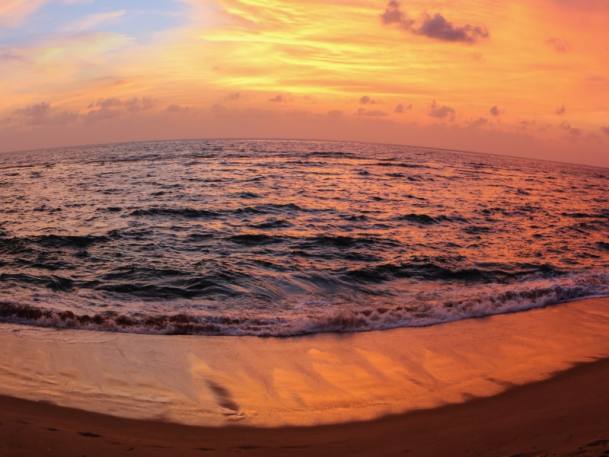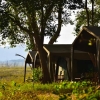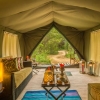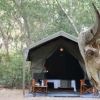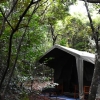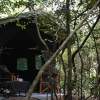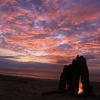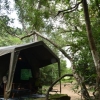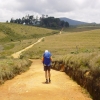Rekawa responsible turtle watching programme
The small fishing village of Rekawa is located about 10km east of the south coast town of Tangalle. Sri Lanka Day Tours works closely with the TCP (Turtle Conservation Project) in their ‘Turtle Watch’ programme on the Rekawa beach where visitors can observe the ancient ritual of turtles coming ashore and laying eggs. This pioneering conservation programme was started in 1996 to protect sea turtles in their natural habitat while providing an alternative source of income to people formerly dependent on the illegal collection of turtle eggs. Five out of the seven species of marine turtles that are familiar (but endangered) come to nest in this part of the Sri Lankan coastline, making it an ideal location to marvel at one of nature’s most fascinating processes.
Marine turtles of Sri Lanka
Marine turtles were roaming the oceans for about 190 million years. Among the many different varieties of this species only eight reptiles are found living today. Of the eight, Sri Lanka is famous for five kinds of turtles (Green turtle, the Leatherback, the Hawksbill the Loggerhead and the Olive Ridley) who regularly visit the sandy beaches to nest in the south-western and south-eastern coast. Turtles are best seen in the nights.
Turtles are very nervous when they are looking for a place to nest and can be easily scared. The turtle can only be approached when she starts laying the eggs. By then the turtle is engaged in a very mechanical, almost trance-like behavior and it is unlikely for her to be frightened by spectators. Turtle watching can include some waiting and some walking on the beach as this is nature and it is the turtle (female) that sets the time and place of the event. Of course there is no guarantee that the turtles come to nest every night, but sitting on a deserted beach under the open starry sky is an incredible experience in itself.
What are the five species of marine turtles found in Sri Lanka?
Green Turtle (Chelonia mydas)
These turtles are migratory and can be found in all tropical and subtropical oceans such as the Indian, Caribbean, Atlantic and Pacific. Young Green Turtles are more carnivorous, while adults are herbivorous and feed exclusively on marine vegetation such as sea grass and marine algae. Green Turtles are an endangered species.
Olive Ridley Turtle (Lepidochelys olivacea)
Quite the runt of the turtle family, the Olive Ridley Turtle is the smallest of the marine turtles. They live in the tropical Indian, South Atlantic and Pacific Oceans, and are omnivorous, eating crustaceans, fish and a range of marine vegetation. These turtles have been recorded nesting on the same beach over a period of a few weeks, and depend on the security of a small number of important beaches to lay their eggs. Olive Ridley Turtles are an endangered species.
Leatherback Turtle (Dermochelys coriacea)
The Leatherback Turtle is the largest of the marine turtle family. Leatherbacks are picky eaters and feed exclusively on jellyfish – they’ll even travel long distances in search of them! Found mainly in the waters of the Arctic Circle, Leatherbacks can survive extreme cold as, unlike their cousins, they can regulate their own body temperature thanks to layers of fatty tissue which insulate their bodies. Leatherback Turtles are an endangered species.
Hawksbill Turtle (Eretmochelys imbricata)
Hawksbills are also relatively small turtles, though larger than Olive Ridleys. Their diet includes jellyfish, sponges and crustaceans. The Hawksbill Turtle gets its name from its narrow bird-like beak, which it uses to catch prey hiding in small crevices. Hawksbill Turtles are a critically endangered species.
Loggerhead Turtle (Caretta caretta)
This turtle nests on tropical beaches, as well as beaches in the Mediterranean and south-east coast of America. Although Loggerheads are common throughout the rest of the world, it is the rarest nesting species in Sri Lanka. Only Loggerheads from the Indian subcontinent nest in Sri Lanka. Research shows a particular colouration from these species specifically, which suggests a unique population with rare genes! Loggerhead Turtles are an endangered species.
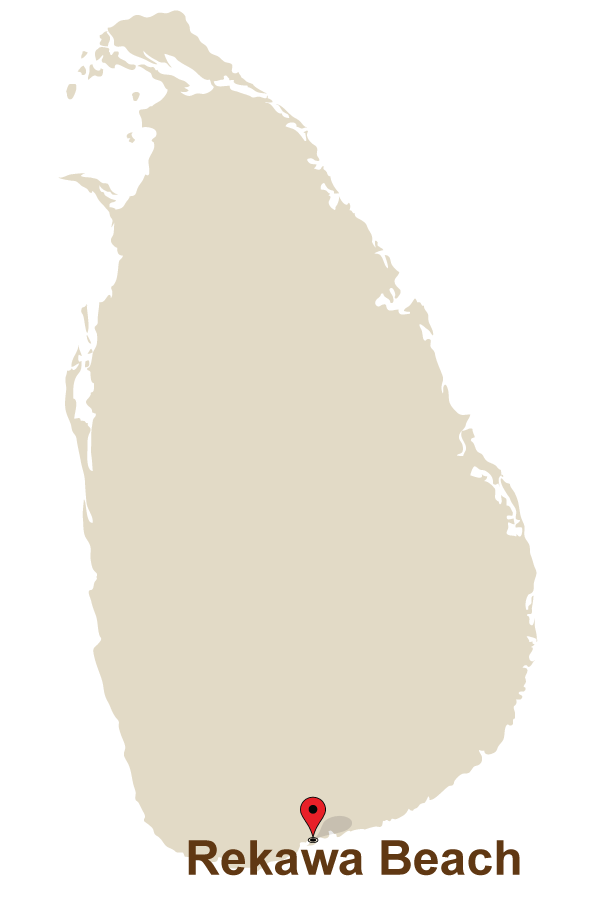 Moonlight turtle watching beach campout – Rekawa Beach
Moonlight turtle watching beach campout – Rekawa Beach
